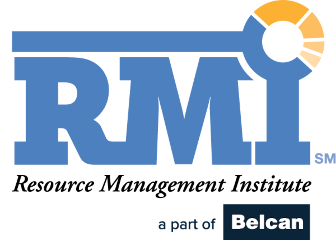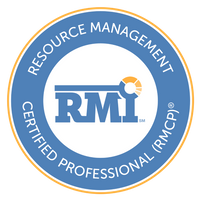To quote an old Bob Dylan song – The times they are a changin’. Our business world has evolved a lot since I first joined the workforce in 1977. Change has certainly been a constant during all those years since, but I don’t remember a time when the multi-generational differences were so complex, and, the associated impacts on employee recruiting and retention so substantial. The Silent gen, Boomers, Gen X, Gen Y (millennials), Gen Z – each generation living with a different world situation, politics, wars, and socioeconomics. As our population ages, the make-up of the workforce is changing accordingly. Millennials in particular already make up more than a third of the workforce and will grow to more than half over the next 5 years. And as has been the case with every new generation, millennials have a different set of expectations to meet in the workplace and companies are challenged with how to adapt to this workforce of the future. We would expect more change with the gen Z workforce that follows.
The impact to every business when it comes to finding and retaining talent is undeniable and more challenging than ever. Traditional HR approaches alone are no longer enough. At this time, given the workforce situation compounded with a tight labor market, businesses are very focused on finding creative new approaches to the problem.
The management theory behind Employee Engagement (EE) started in the 90s but did not see widespread traction in business till the 2000s and many EE programs would either confuse or intermix the theory and practice of EE with employee or job satisfaction programs, employee morale campaigns and the like. But Employee Engagement is once again talked about more than ever and seeing new efforts to rethink how EE was once conceived.
The RMI is working on a mini-whitepaper series dedicated to this important topic and intended to accomplish two important objectives: 1) share new techniques being developed by the RMI to help the industry conceive new ways of engaging employees to improve employee satisfaction and retention, and making it easier for employees to engage with their employers 2) Highlight specific opportunities for collaboration of the HR function with Delivery teams to address what we will highlight as cross-functional solutions. Key to these new Employee Engagement solutions will be how do we do this at scale!
Context for Understanding What Must Change
Leading up to writing this series, I interacted with dozens of business leaders from around the globe to gain as much perspective as I could, and married that input with what the RMI has been doing in research for resource management related to this business of employee retention and morale. As with solving any business problem, understanding the drivers of why employees leave a particular position is certainly necessary to crafting a solution. While there is certainly no ‘universal’ solution to this issue as every individual has a different situation including their particular career wants and desires, I concluded there are two primary drivers which continue to stand out as important to address particularly as it relates to millennials (but not limited to them).
- The kind of work I do every day, my enjoyment of that kind of work, and a sense that that work is aligned with my career aspirations and goals is fundamental to how ‘engaged’ I am with the company I work for.
- A shared sense of purpose and the feeling I am doing something important, not just for me or my company, but for the broader good is also part of what makes me want to be ‘engaged’.
Important to note there are certainly other drivers such as compensation, the work environment, the relationship with my immediate manager and more. But our studies in this area put these two ‘conclusions or key drivers of dis-engagement’ at the top of our list.
If Employee Engagement is a priority for your company, you can read the first white paper in this series here. Access is free for RMI members. Not an RMI member? Join today, it’s free! The remainder of this mini-white paper series is focused on the first conclusion I presented earlier and some thoughts on what we can do to better engage employees and enabling them to better engage with us. In Part 2 of this series, I will discuss how to enable a more engaged employee culture via new RM processes, and collaboration opportunities for Delivery teams and the HR organizations which support them.




